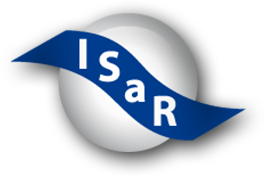Teachers Working Together: Improving Learning Outcomes in the Inclusive Classroom - Practical Strategies and Examples
empfehlen| Titel: | Teachers Working Together: Improving Learning Outcomes in the Inclusive Classroom - Practical Strategies and Examples |
|---|---|
| Form: | Aufsatz / Artikel |
| Autor(en): | Amy S. Lingo,Sally M. Barton-Arwood,Kristine Jolivette |
| Jahr: | 2011 |
| Anzahl Seiten: | 8 |
| Veröffentlicht in: | TEACHING exceptional children, Vol. 43, No. 3 |
| Seite (von-bis): | 6-13 |
| Auszug: | The Individuals With Disabilities Education Improvement Act (IDEA 2004), aligned with the No Child Left Behind Act (NCLB), emphasizes improved student academic outcomes. With this focus on academic outcomes and access to the general curriculum, there is increased pressure for accountability in the education of students with disabilities in general education classrooms. Therefore, collaboration between general and special educators is more important than ever, as is a need for a variety of assessment strategies to support and document improved outcomes for students. However, educators also need concrete examples of how to incorporate these strategies into their collaborative classrooms to monitor daily instruction and how to make instructional decisions. This article discusses seven options for data collection with classroom-based examples of how these assessment strategies can be used to facilitate improved academic outcomes for students. |





